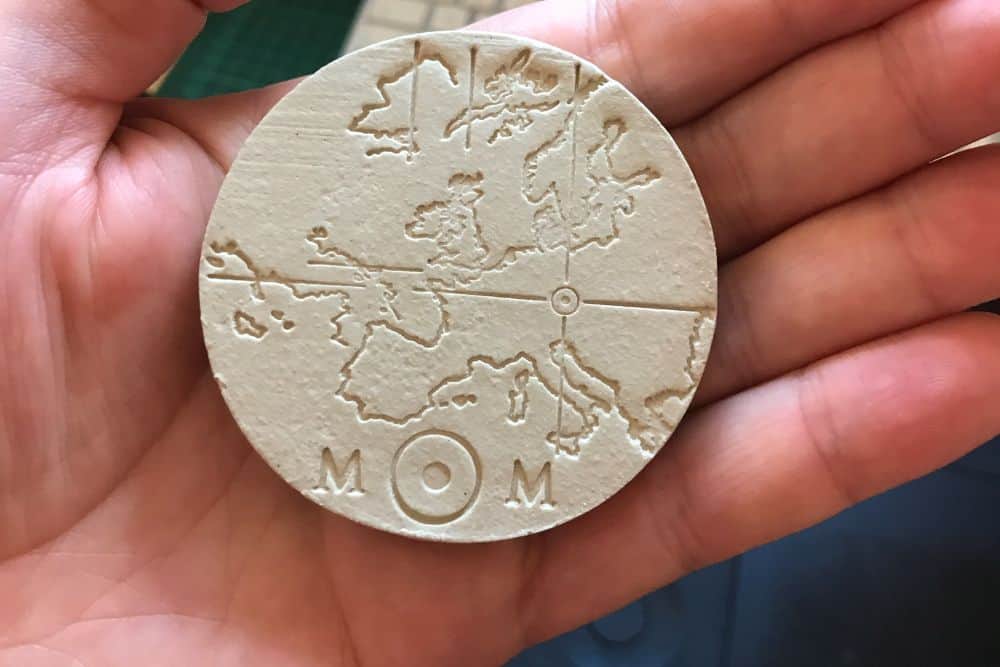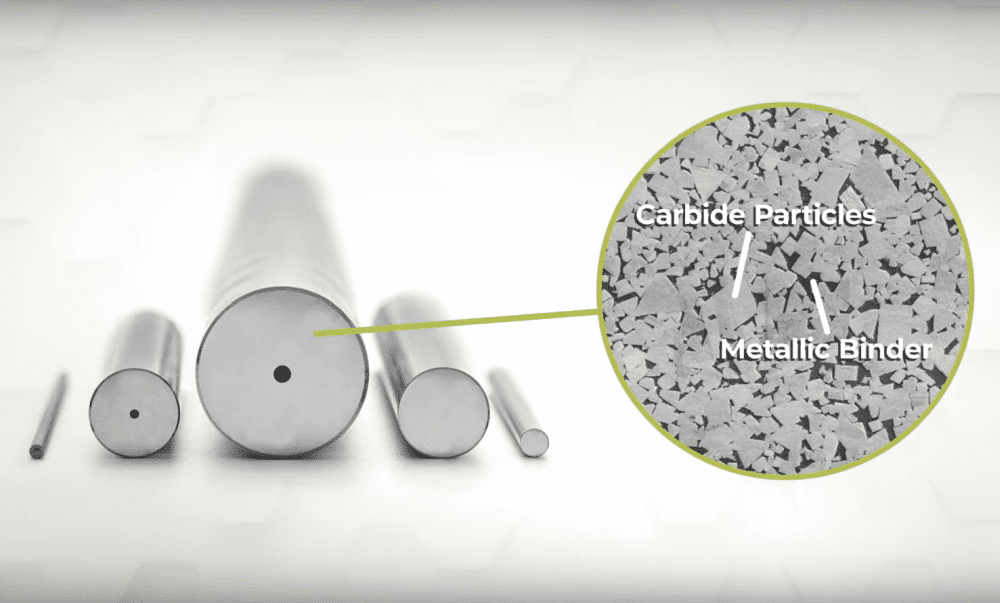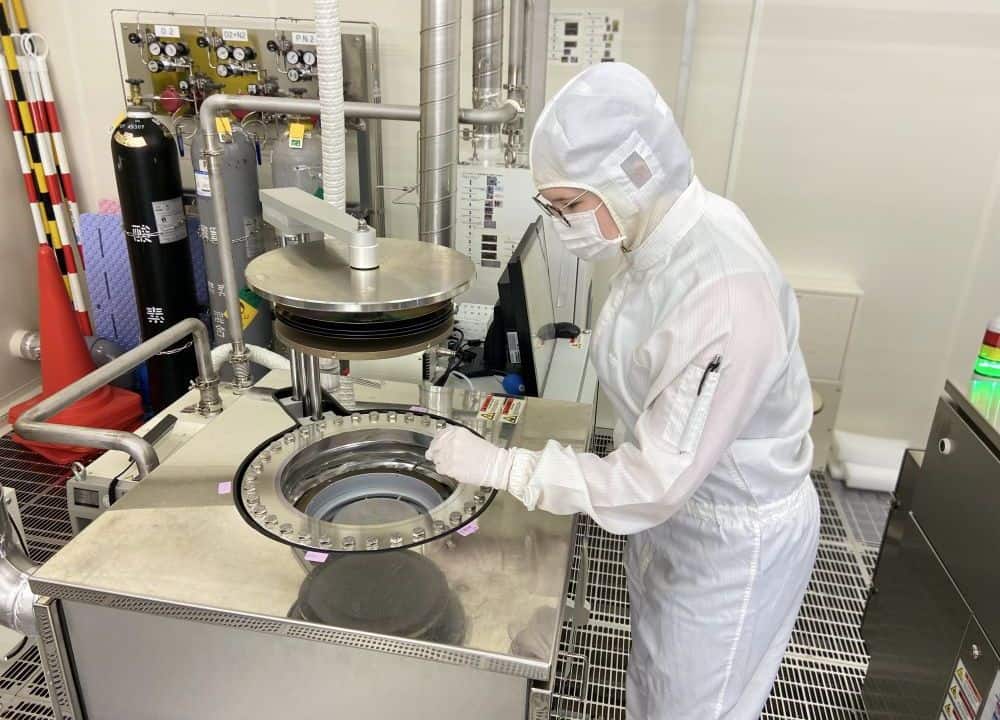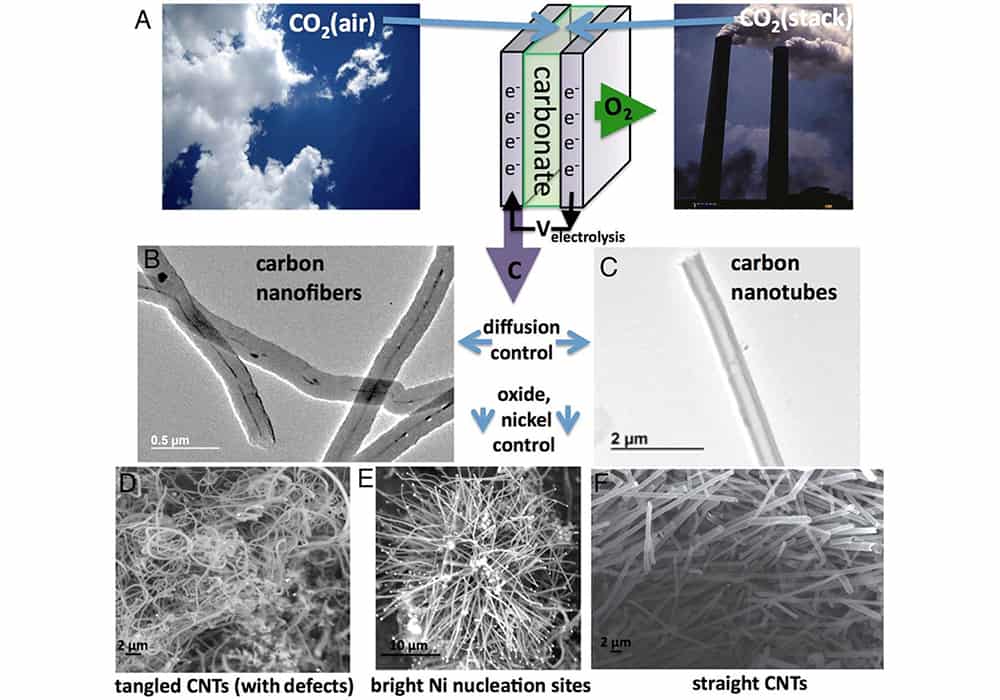How can we preserve our knowledge for people living thousands of years in the future? Austrian ceramicist Martin Kunze launched the Memory of Mankind project to record information on ceramic tablets, which will be stored deep within a salt mine to preserve today’s knowledge for future generations.
Read MoreReducing the amount of raw material needed to produce concrete is one way to help cut emissions in this industry. Aerated concrete, a lightweight and porous construction material, contains less raw material per volume than many other building products. Today’s CTT contains a brief overview of this material, including its history, production methods, applications, and ways to improve its end-of-life sustainability.
Read MoreThis year marks the 100-year anniversary of the invention of cemented carbide. Learn more about this material, including its development history, wear properties, and future production trends.
Read MorePickleball is the fastest-growing sport in the United States. Learn more about the sport and how ceramics push pickleball to the next level.
Read MoreDeviations in the atomic structure of glass can significantly affect the material’s macroscopic properties, yet most studies to date do not account for these deviations. A recent review paper led by researchers at The Pennsylvania State University comprehensively reviews various experimental and computational techniques used to characterize and evaluate the effects of these deviations on commercially relevant glass-forming oxide systems.
Read MoreFor students preparing to graduate, deciding if they prefer an academic or industrial setting is a key step in plotting their career path. A new open-access paper by ACerS member and University of Colorado Boulder professor Al Weimer offers an insightful personal take on conducting research in academic and industrial settings.
Read MoreThe future of research communications is poised to become much more open than the current system. Learn what Wiley, ACerS’ publishing partner, is doing to prepare for the open-science movement, as well as open-access publishing options through ACerS journals.
Read MoreThe International Year of Glass may be over, but the Age of Glass is just beginning. In homage to IYOG, an international group of researchers published an open-access review paper describing the past, present, and future of glass in the exciting field of photonics.
Read MoreMolten salt electrochemical conversion may offer an economic and relatively clean way to extract pure carbon products from stored carbon dioxide emissions. In a recently published open-access paper, researchers from the University of Science and Technology Beijing summarize the successes and challenges of this process.
Read MoreThe National Science Foundation officially established the Directorate for Technology, Innovation, and Partnerships in March 2022, but the mission and scope of the directorate remained unclear until the Chips and Science Act of 2022 was signed into law this August. Learn about the priorities and programs of NSF’s newest directorate.
Read More









